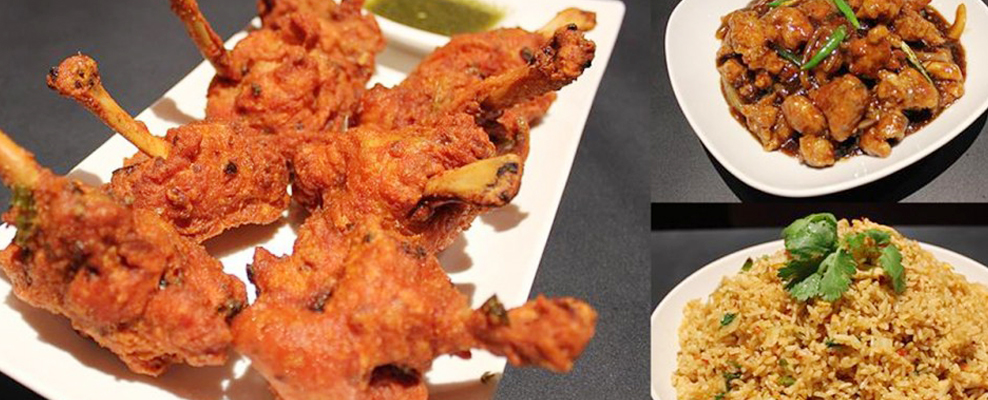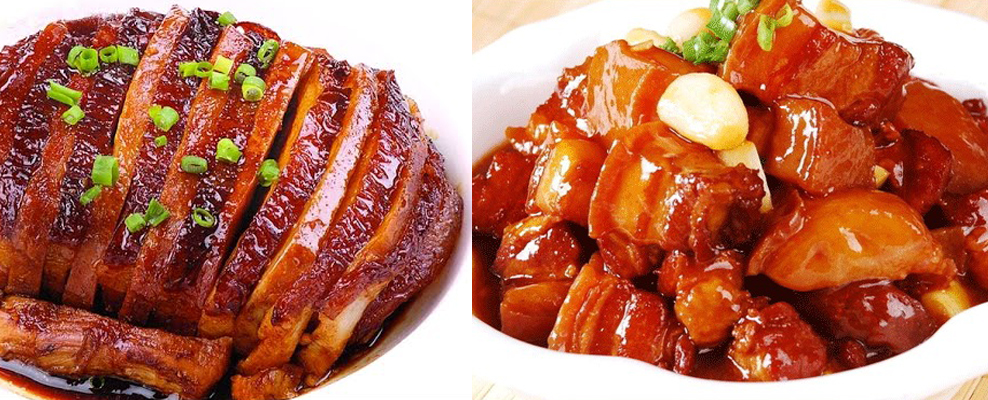Ever hear of Yang Tai Chow? No? Okay. This gent was the first Chinese to reach what was then Calcutta and take roots here to improve the material prospects in life. That was in 1778. Over the years, many other Chinese – mostly Hakkas – immigrated to Kolkata. A China Town came up in The Tiretti Bazar area – later to expand to Tangra, which was once populated by Chinese running leather tanneries. But, it was only after about a century-and-half after Yang Tai Chow’s coming, in the 1920s – 1924/1926? – that the first Chinese restaurant, Nanking was established. This was not only the first Chinese restaurant in Kolkata, but also the first in India. It was a little later (?) than Nanking that Eau Chew was established. The most successful Chinese Culinary Invasion had begun.
It did not take long for the Chinese food – Hakka style to begin with – to ‘conquer’ Kolkata with legends like Peiping, Chung Wah, How Hua, Fat Mama, Kim Fa and Waldorf joining Nanking and Eau Chew for the patronage of the city folk and visitors. Later, Bar-B-Q, Chinoiserie at The Taj Bengal, Zen at The Park, Mainland China and Pan Asian at The ITC Sonar – raised the bar in terms of many more types of regional Chinese cuisine. A game-changer has been Tangra, where many Chinese leather tanneries were located. There were some very basic Mom-and-Pop eateries to cater to the needs of the Chinese in Tangra. Soon others too discovered the Tangra-food and it started gaining in popularity. The family-run places had very basic amenities. Eating in Tangra at that time was like a lottery. The food ranged from very ordinary to superbly sublime. It was the luck of the draw. Later on, the tanneries were relocated and moved out of Tangra. With space available, dozens of restaurants mushroomed. Some of these restaurants were as posh as others in Park Street or other prime locations. Tangra-Chinese food had become a formidable brand in its own right. Whether the addition of these new restaurants resulted in a significant improvement in the quality of food on offer, is a moot point. But, the popularity of Chinese food in the city definitely increased. Today, Chinese food could easily be the most preferred food when the city folk wish to eat out.

What is remarkable is the fact that the Chinese food – in its various versions – has overwhelmingly conquered the taste buds of all levels of our society. It is sold on the pavements as also in plush clubs/ 7star eateries, and everywhere else in-between.
From Kolkata, Chinese Food first spread its wings to other big cities and the engulfed the smaller places too. To suit local tastes, there was an increasing ‘Indianization’ of the traditional Chinese Cuisines. Absorbing many local influences, coupled with ingenuity/creativity, assured that the ‘modified-Chinese food’ drew in more and more followers in India, Pakistan and Bangladesh So what if the ‘Chinese’ dishes on offer have never been heard of in China? It has been the ‘Chicken Tikka Masala’-syndrome. Never heard of in India, it has gone on to become the National Dish of Britain! Take the case of Chicken – and other meats/vegetables – ‘Manchurian’. Very popular in India, but unheard of in China.
It is the brain-child of Kolkata-born Nelson Wang. Nelson Wang’s first big venture was the early 1980s China Garden restaurant in Mumbai. A customer wanted to have something different, something not included in the regular menu. Nelson deep fried some corn flour coated chicken cubes and stirred them in a sauce he created with onions, garlic, green chilies, soy sauce and vinegar. The Chicken Manchurian was born! It became the root of a whole lot of non-vegetarian/vegetarian dishes created under the umbrella of ‘Manchurian Cuisine’.
This is but one instance of how the traditional Chinese cuisine has continuously absorbed regional influences to suit the tastes of people in various parts of India. Now you have an Indian-Chinese Cuisine with branches like ‘Chinjabi’ (Chinese-Punjabi) and ‘Jain-Chinese ‘(no onions, no garlic). ‘Chinese’ offerings in India include: Chinese Bhel, Sichuan Paneer, Sichuan Dosa, Noodles Samosa, Kung Pao Potatoes with Okra, Gobhi Manchurian and …. Personally, I am waiting for Sichuan Jhal Muri and Hakka Phuchka! Maybe, some day!

Even though many famous old Chinese restaurants in the city have closed down – the younger generations went to Canada/Australia – the delightful Chinese onslaught on our taste buds continues with many more places coming up.
Chinese restaurants in Kolkata may come or go, but the second-oldest (oldest?) continuously running family-run restaurant in the city, Eau Chew, goes on and on, feeding many loyalists. For over 90 years, the same family has owned/run this restaurant, now being handled by the fourth generation. ‘Empress’ Josephine presides over the proceedings and ensures that her children follow all that she has taught them about the family-style cooking. If you have not been to Eau Chew, you have not eaten the best Chinese food in town. Go, check it out.
